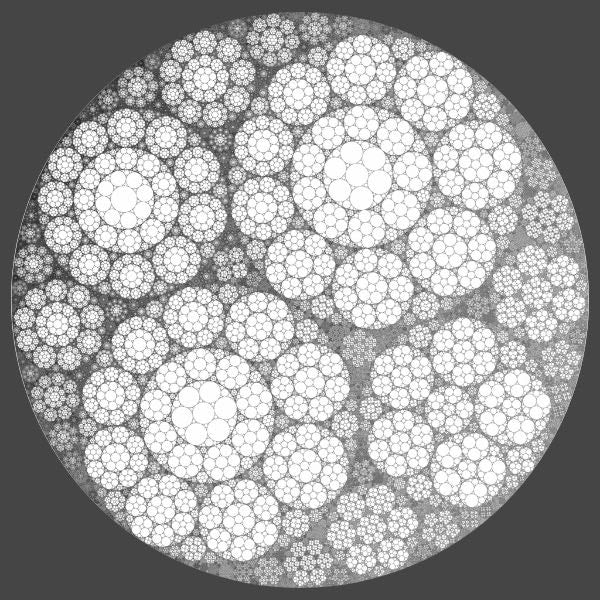Packing things into a crowded place
Predicting the geometry and behaviour of densely packed objects from first principles, from spheres to polydisperse spheres to cells.
Densely packed objects of a similar shape have intrigued mathematicians since Apollonius of Perga. The collective mechanical properties of these objects are determined by how big the gaps are between them—in particular by how close they are to their maximum random-packed density. Predicting this maximum, and properties of the system close to it, is a geometric and physics challenge.
In this project we investigate the packing of spheres of the same size and mixtures of spheres with a range of sizes. While simulations of packing are easy to program, their run times scale poorly with system size. To overcome this, we develop mathematical techniques for determining the properties of dense packings. We use a simplified 1d model to analytically capture essential features of higher-dimensional systems. A symmetric effective medium approach approximates the viscosity of a mixture of spheres. On the applied side, we analyse the linear elastic behaviour of dispersions of cells to better stabilise them.
Understanding how objects fit closely together is at the heart of materials science and branches of fluid dynamics. Predicting the behaviour of dense packings also sets the stage for reverse-engineering new composite materials to have desired properties.




LCP












Papers in this project
Viscosity of polydisperse spheres
A fast and simple way to measure how polydisperse spheres crowd around each other, termed the packing fraction, agrees well with rheological data.
Random close packing fractions
Lognormal distributions (and mixtures of same) are a useful model for the size distribution in emulsions and sediments.
Shear elastic deformation in cells
Analysis of the linear elastic behaviour of plant cell dispersions improves our understanding of how to stabilise and texturise food products.
Ever-shrinking spheres
Techniques from random sphere packing predict the dimension of the Apollonian gasket, a fractal made up of non-overlapping hyperspheres.